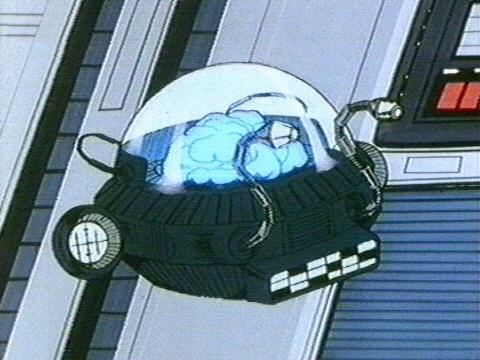CIMON, the technological demonstrator developed and built by Airbus on behalf of the German Aerospace Center (Deutsches Zentrum für Luft- und Raumfahrt, DLR), won the prestigious German Innovation Prize (Deutsche Innovationspreis) in the category big companies. The award was presented last Friday in Munich.
Each year Accenture, EnBW and the magazine WirtschaftsWoche, assign the German Innovation Award, for the "extraordinary and far-sighted innovations" of German companies.
CIMON (Crew Interactive Mobile Company), was the first astronaut assistant in free flight to be tested on board the International Space Station (ISS).
With a diameter of 32 cm and a weight of 5 kg, CIMON can see, hear, understand, talk and fly. It is inspired by a character from the '80' cartoon Captain Futuro, professor Simon Wright (photo below), which was known as "the flying brain" and included sensors, cameras and a speech processor.

Last 15 November, CIMON successfully completed its first 90 minute space mission with German ESA astronaut Alexander Gerst (v.articolo).
CIMON can help astronauts by viewing and explaining procedures or instructions for scientific experiments and repairs. In particular it could be used in the future to complete routine activities, such as documentation of experiments, research of articles and inventory. It can also be used as a mobile camera. Technology could also be useful on Earth: in assistance in industrial processes, operating theaters or in the social sector.
The interactive astronaut assistant was developed and built by Airbus in Friedrichshafen and Bremen on behalf of the German Aerospace Center. Speech recognition is provided by IBM's Watson AI technology. The scientific aspects of the assistance system were co-developed and supervised by a team from the Ludwig-Maximilian University Hospital in Munich.
Currently, the CIMON team is analyzing the results of the first space mission, planning improvements and new tasks and preparing the technological demonstrator for new work missions with other human colleagues.













